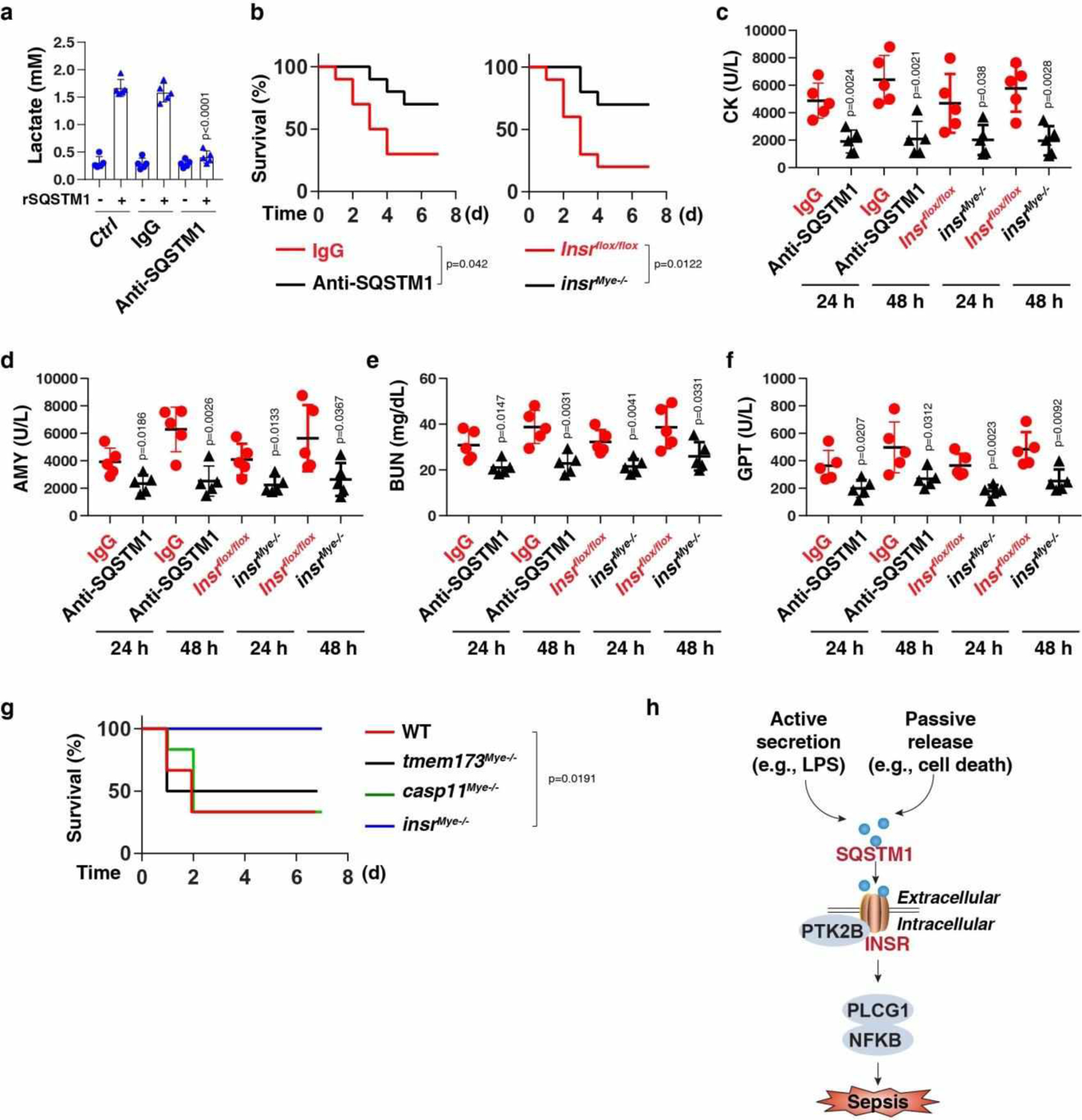Fig. 6. The SQSTM1-INSR pathway mediates CLP-induced polymicrobial sepsis.

(a) THP1-derived macrophages (TMs) were stimulated with rSQSTM1 (100 ng/ml) in the absence or presence of IgG or anti-SQSTM1 monoclonal antibodies (10 μg/ml) for 24 h, and then the level of intracellular lactate was assayed (n = 5 well/group; two-tailed t test, versus control rSQSTM1 group). (b) Administration of anti-SQSTM1 monoclonal antibodies (20 mg/kg) or depletion of INSR in myeloid cells in mice prevented CLP-induced animal death (n = 10 mice/group; Log-rank test). (c-f) In parallel, the serum level of creatine kinase (CK), amylase (AMY), blood urea nitrogen (BUN), and glutamic pyruvic transaminase, soluble (GPT) were assayed (n = 5 mice/group; two-tailed t test, versus control group). (g) Survival of the indicated mice after administration of rSQSTM1 (500 μg per mouse, i.p., n = 6 mice/group; Log-rank test). (h) Schematic summary of the role of extracellular SQSTM1 in the regulation of sepsis via the activation of the INSR-dependent NFKB pathway. Data in (a) and (c-f) are presented as mean ± SD. Data in (g) is from one independent experiment. Data in (a-f) are from three independent experiments.
